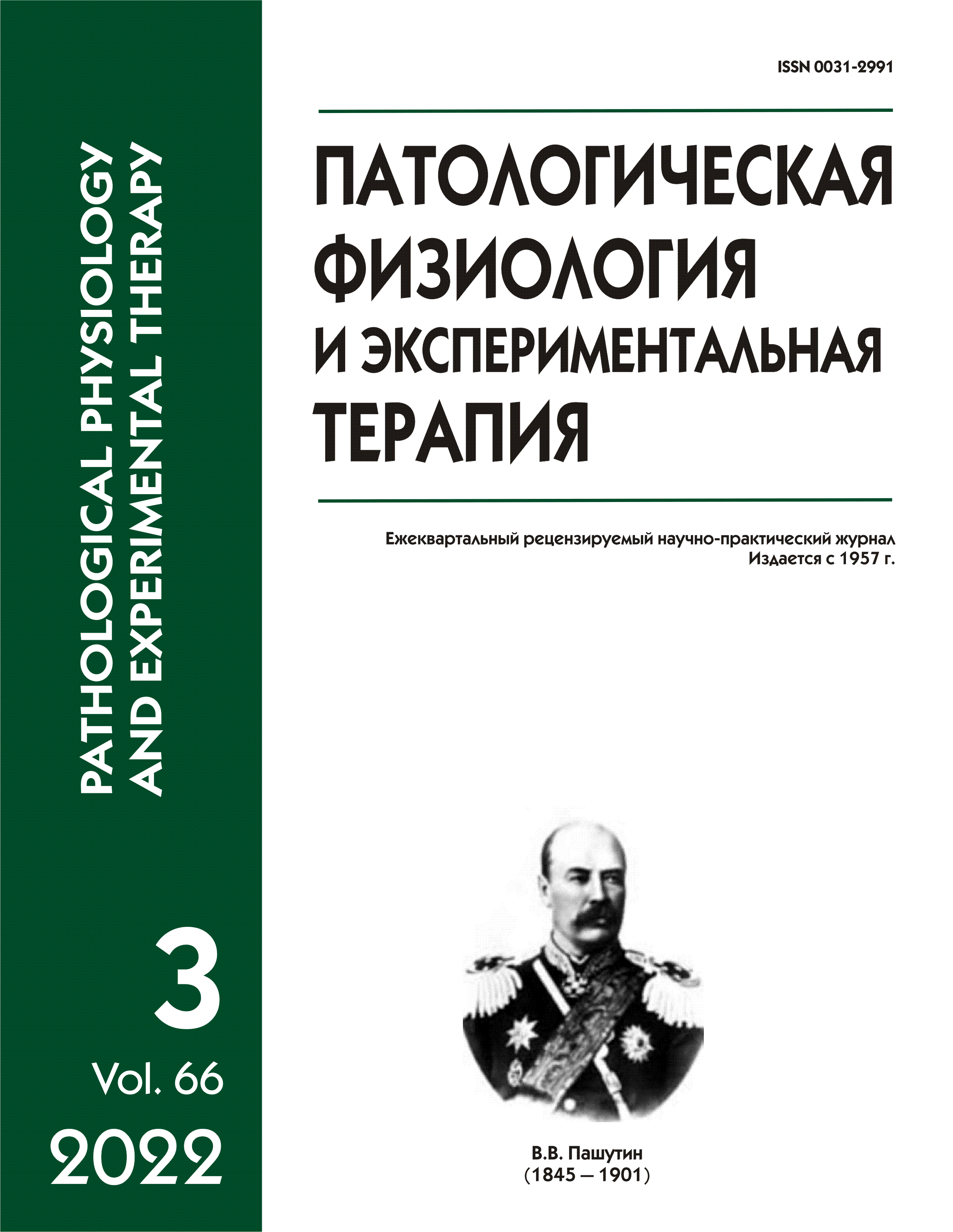Post-covid syndrome is associated with the formation of neutrophil extracellular traps in a filamentous form
Abstract
Aim. The aim of the study was to determine the number of neutrophil extracellular traps (NETs) and the concentration of extracellular purine nitrogenous bases in the peripheral blood of patients with post-COVID syndrome. Methods. 41 outpatient patients aged 18 to 59 years were examined (21 after coronavirus infection and 20 without previous infection, the comparison group). Fluorescence microscopy was used to visualize and count NETs. NETs were detected using a fluorescent dye for double-stranded DNA, SYBR Green I (Evrogen). Purine nitrogenous bases were determined by a color reaction based on their interaction with silver nitrate to form a colored compound. Results. The filamentous NETs in the blood of patients with post-COVID syndrome were present for 3 months or longer. The concentration of extracellular purine nitrogenous bases in the patients’ blood increased proportionally to the disease severity. Conclusion. Post-COVID syndrome is accompanied by the formation of filamentous NETs in the blood of patients. Extracellular purine nitrogenous bases are found in the peripheral blood of patients with post-COVID syndrome at concentrations that are capable of causing secondary alterations of cell.






